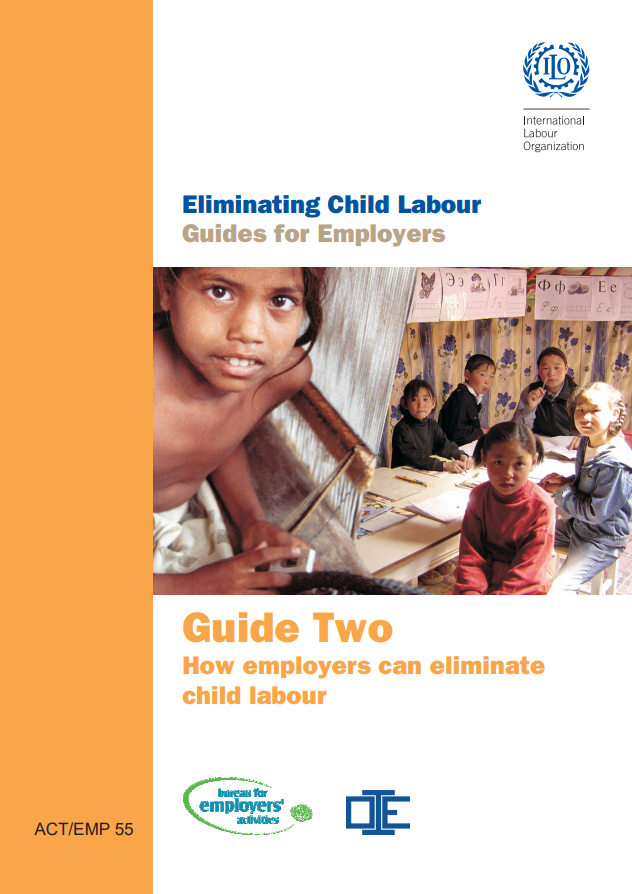Aggravating circumstances: How coronavirus impacts human trafficking
COVID-19 resourcesNews & AnalysisGuidanceGraphics & InfographicsPublicationsAuthors: Livia Wagner, Thi Hoang The policy brief was originally posted here on GI-TOC website, as part of its #CovidCrimeWatch initiative. The coronavirus is not only claiming hundreds of thousands of lives, but is also causing a global econo...Read More

